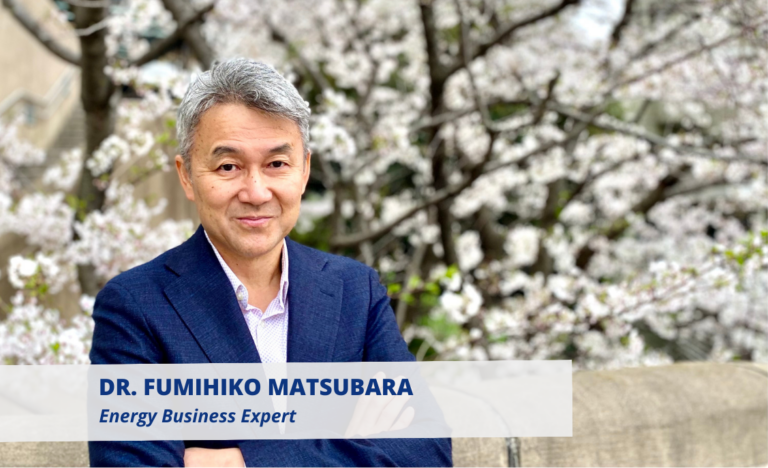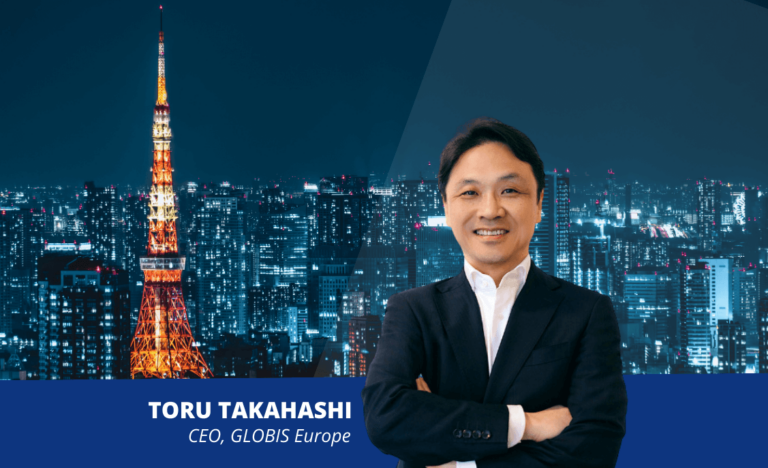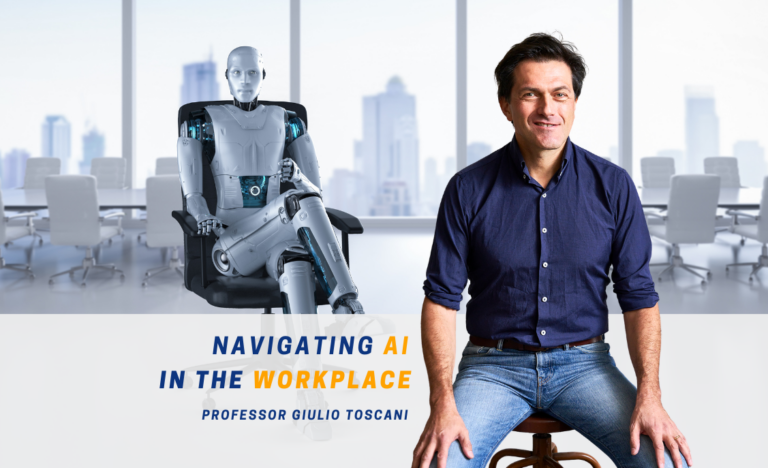Navigating Change With Courage: An HR Leader’s Guide
Lessons from the frontlines of organizational transformation by Sonoko Igarashi, Managing Director of GLOBIS Corporate Administrative Division.
With unprecedented economic shocks and technological disruption unfolding by the day, adaptability is a prerequisite for organizational survival. Yet guiding successful transformation in chaotic times requires extraordinary courage and vision.
Sonoko Igarashi is a seasoned HR leader who has spent 15 years on the frontlines of change. From spearheading international expansion projects between the world’s biggest business hubs to overhauling organizational structures, Igarashi possesses battle-tested insights on navigating uncertainty.
Now as Managing Director of the Corporate Administrative Division of GLOBIS, she oversees a team preparing global companies to thrive amid volatility. Through this journey, Igarashi has discovered that change cannot simply be reacted to – it must be led with conviction.
Here is Igarashi’s advice for HR professionals who want to initiate, shape and support organizational change.
Crises, opportunities and leadership
It is no secret that we live in interesting times. From the 2008 financial crisis to the 2011 Great East Japan earthquake to Covid-19 and the war in Ukraine – so-called “once-in-a-century” crises are growing frequent.
For companies, this might mean that the era of regarding such events as “temporary crisis” is over, notes Igarashi. “There is a saying by Darwin: It is not the strongest species that survives, nor the most intelligent, but the ones most responsive to change,” she says.
Under the assumption that continuous crisis will occur in the future, organizations are increasingly required to view these instances as opportunities to prepare, to drive change, and to continue adapting, she adds.
This change need not always be catastrophic, though it can still be disruptive. ChatGPT is now one-and-a-half years old, and with it, the boom in generative AI continues. This means, for managers and HR alike, that taking a proactive stance could make all the difference.
“With the rise of generative AI and the streamlining of routine work, the future will not just belong to managers and HR professionals who simply ‘manage’, but to those who can ‘lead’ and thus will grow in prominence,” she says.
Building a healthy sense of crisis
Recognising a crisis can be different from ringing the alarm bells and creating a sense of panic. Igarashi stresses the importance of maintaining a “healthy sense of crisis” to drive change, while also creating a positive, engaging environment where people feel proud to work.
“The question we constantly ask ourselves is how we can maintain a sense of progress and continue to fuel the desire to move even further forward, while questioning if the status quo is sufficient and while experimenting and sometimes erring,” she says.
Insular thinking can severely limit an organization’s vision. Igarashi advocates looking outward to understand global changes and using external experiences to bring fresh ideas. “To enable self-reflection on these questions, having opportunities to go out into the world is important,” she says.
Asking the right questions can go a long way, and to identify these, it is important to look outside. For an organization, Igarashi highlights the following self-reflective questions that could be of use in a time of crisis:
- What are the changes happening in the world?
- How fast are they happening?
- Are we doing alright, as we are?
Building a delicate balance of urgency and optimism can prevent complacency while also inspiring people to action.
Unify leadership around clear vision & values
Alignment between HR and leadership is critical when conveying change to the organization, Igarashi stresses. She highlights the GLOBIS “Disagree and Commit” principle of openly debating and then unitedly committing to decisions.
“This encourages open dissent and debate; however, once a decision is made, everyone commits to implementing it, even if it differs from their original opinion. This ensures consistency in the actions and speech of HR and the leadership team and conveys a strong, unified message to the entire company,” she notes.
It is important to recognise the role of vision and value-based communication. This context motivates people by connecting change to a meaningful purpose.
To make sure this permeates across the organization, Igarashi says companies should:
- continuously and transparently communicate the direction and initiatives being pursued
- actively solicit ideas from employees to realize these objectives
- praise activities that lead to transformation
At GLOBIS, Igarashi says such openness is embraced at the company-wide retreats and management by objectives processes.
Invest in people development
Ultimately, an organization’s capacity to change depends hugely on its human capital. Igarashi stresses ongoing investment in employees through hiring aligned talent, expanding perspectives, building skills, and rewarding transformation.
Igarashi explains that generative AI and other technological shifts also require providing the right environment and education for people to creatively adopt change. Developing human capabilities makes change possible.
Take risks and accept failures
Finally, Igarashi issues a powerful reminder that without risk-taking, there can be no change. “If we fear risks too much and refrain from taking those challenges, or if we engage in them only half-heartedly, we will hinder the progress of transformation,” she notes.
It is important to allow for errors and failures – this includes openly acknowledging them when they occur and learning from them for the future, she stresses. This willingness to err is what can set HR professionals apart as courageous leaders amid turbulence.
Navigating 2024 and beyond
As Igarashi looks toward the horizon, three challenges loom that require deft navigation from HR and leadership. The first is harnessing exponentially advancing technology like generative AI.
“It is crucial to consider how we can creatively incorporate this into our business and operations. To achieve this, we need to provide the right environment and education for our employees,” she says.
Second is realizing diversity, equity and inclusion as competitive advantages, not just ethical imperatives. This demands actively empowering a richness of perspectives among employees.
Finally, and crucially, organizations must invest in human capital development through networks, external exposures, and incentives that spark agility.
By maintaining urgency while engaging people with vision and support, HR plays a profound role in helping organizations navigate inevitable change.
As Igarashi concludes, “Through these investments in human capital, we will continue to build a strong organization that can adapt to change.”








